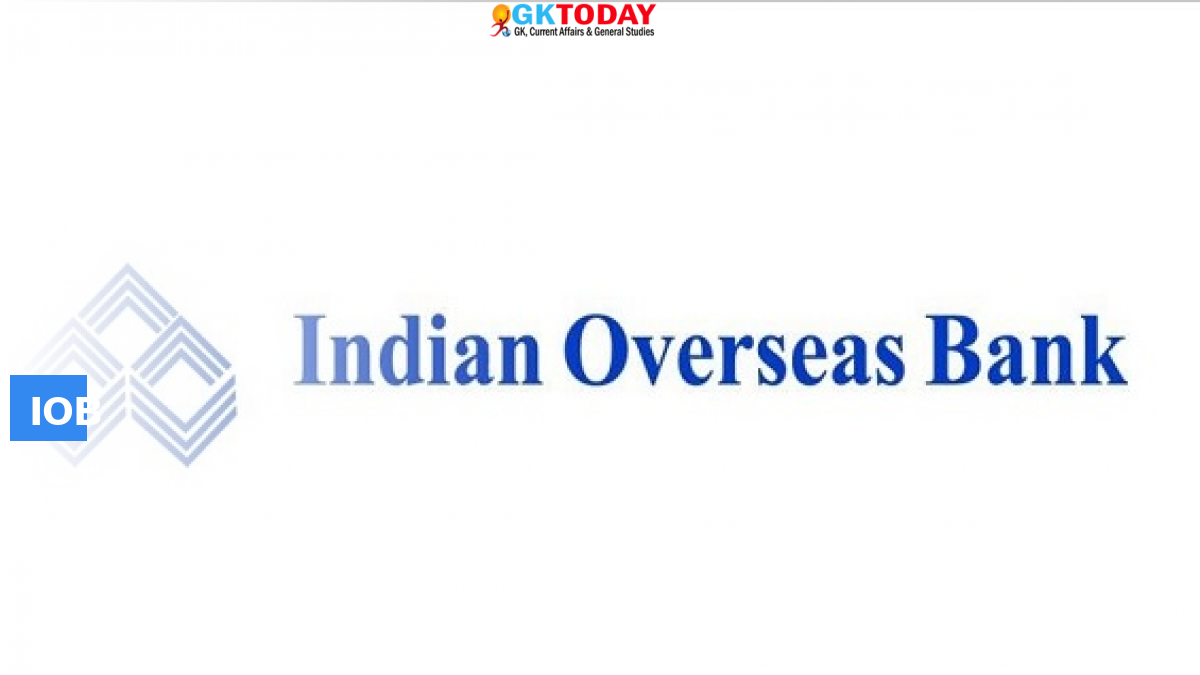IOB out of RBI PCA Framework
Reserve Bank of India (RBI) has moved out the public sector lender Indian Overseas Bank (IOB) from Prompt Corrective Action (PCA) framework after its financial and credit profile improved.
Key Points
- This decision provides lender more freedom to lend, especially to corporations and grow the network.
- IOB was placed under PCA in October 2015 because of high Net-Performing Assets (NPAs) and negative Return on Assets (RoA).
- It was stopped from increasing risk-weighted assets.
NPAs of IOB
The net NPAs of IOB have declined to 3.58 per cent, as of March 2021 from 5.68 per cent in March 2015. In financial year 2021, IOB posted a net profit of Rs 831 crore against the net loss of Rs 454.33 crore in financial year 2015. In Financial year 2021, ROA was 0.27 per cent while in 2015, it was negative at -0.16 per cent. Its closed 0.74 per cent higher on BSE at Rs 20.5 per share.
Which banks are under PCA?
In September 2021 itself, Kolkata-based UCO Bank exited the PCA framework. Now, only Mumbai-based Central Bank of India is under the PCA regime.
PCA Framework
Under the PCA framework, RBI imposes several business restrictions on banks with weak financial metrics. The nature and degree of curbs are decided on the basis of threshold and depends on the financial profile of individual bank.
Indian Overseas Bank (IOB)
IOB is a major Indian nationalised bank, under the ownership of Ministry of Finance. It is based in Tamil Nadu. It is having 3400 domestic branches. It was founded by M. Ct. M. Chidambaram Chettyar in February 1937 with the objectives of specialising in foreign exchange business as well as overseas banking.
Month: Current Affairs - September, 2021


